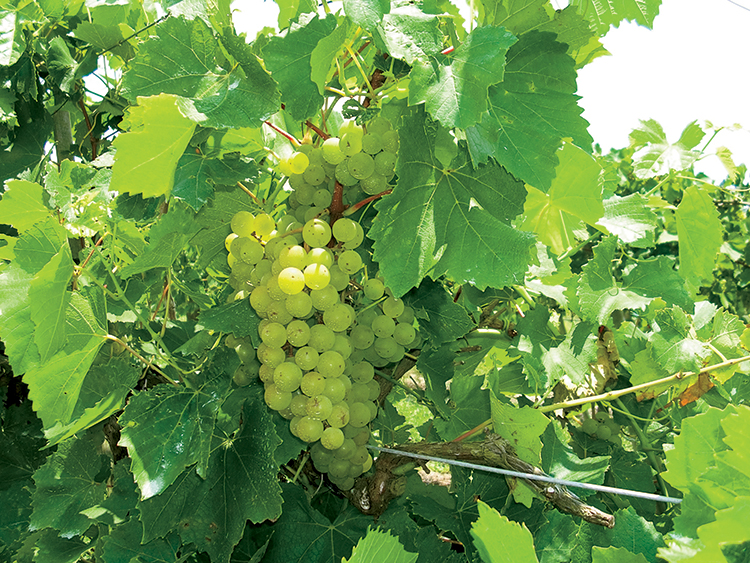Home > Florida > Florida Farm to Table > Raise a Glass to Florida Wines
Raise a Glass to Florida Wines
In partnership with: Florida Department of Agriculture and Consumer Services

In the last 20 years, viticulture in Florida has come of age. The state’s wine and grape-growing industry has experienced many changes through a variety of factors, not the least of which was the establishment of the Viticulture Advisory Council in the early 1980s.
Soon after, a trust fund was created that allowed for half of the tax dollars from the sale of wine and grape products to be used for funding research, promotion, and education for the wine and grape industry.
“The establishment of the trust fund has been pretty huge in actually bringing us where we are today,” says Jeanne Burgess, chair of the Viticulture Advisory Council. “In the early years, there were a lot of wineries coming and going; numbers would be up and then down again. But we’ve seen in probably the last 20 years pretty steady growth, so that we’re currently up to 24 certified Florida farm wineries. These are the ones that meet certain requirements for vineyard acreage, for fruit acreage that they either maintain or manage, and have certain hours of operation.”
The state’s wine and grape industry contributes nearly $895 million in total economic value, according to the most recent numbers from a 2010 report. More than 6,400 people are directly or indirectly employed in the industry, with a payroll of some $195 million. The industry generated around $43 million in state and local taxes and more than $51 million in federal taxes.
Some of these dollars are from the tourists that visit Florida’s wineries.
“We try very hard to present that as agritourism,” says Burgess, vice president and director of winemaking operations for Seavin, Inc., which owns the state’s largest wineries, Lakeridge Winery and Vineyards in Clermont and San Sebastian Winery in St. Augustine. “Most of the wineries are located adjacent to the vineyards.”
Research continues to improve the industry, particularly in the area of grape growing.
“A lot of research is being done at the University of Florida and Florida A&M University on new varieties, and a lot of genetic work on how to make other varieties of wine from grapes grown in Florida,” says J.R. Newbold III, owner of Forest Groves, Inc., in Crescent City and president of the Florida Grape Growers Association. “They’re making some progress.”




